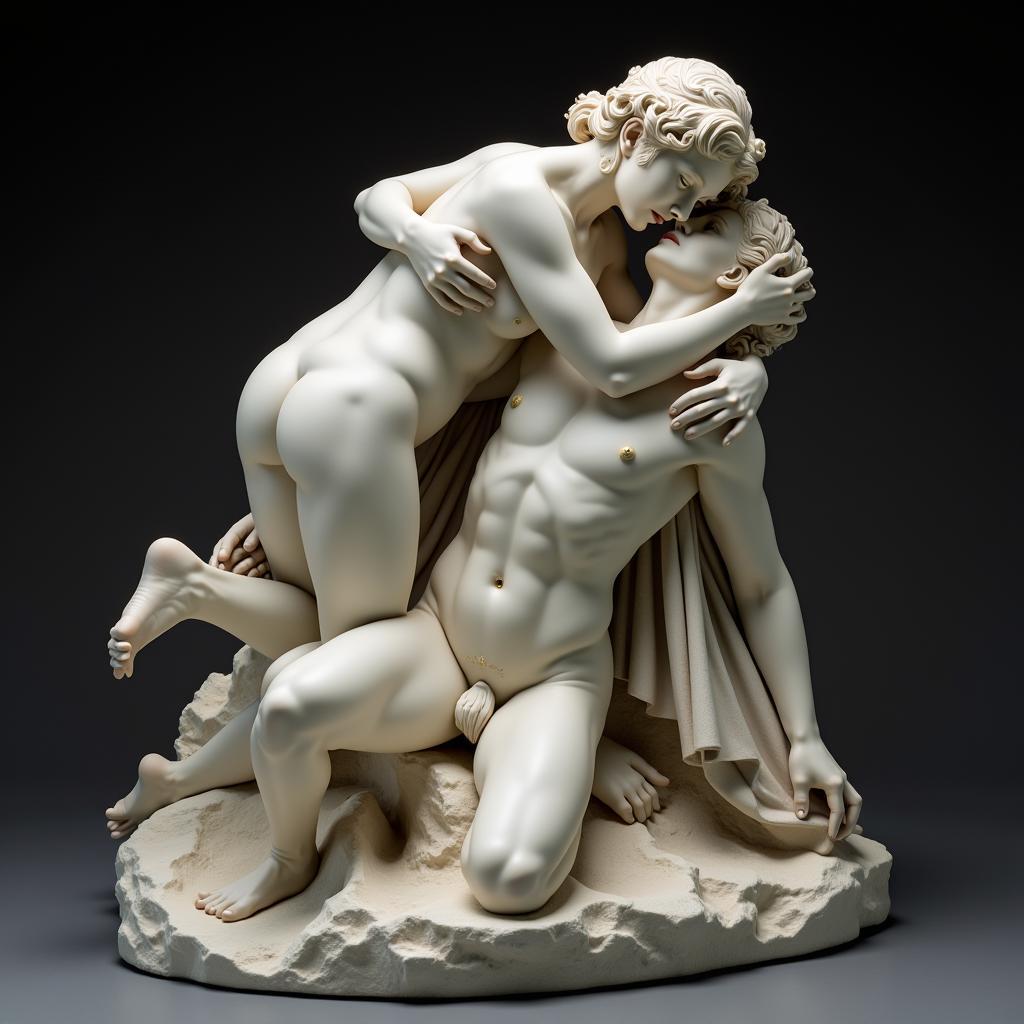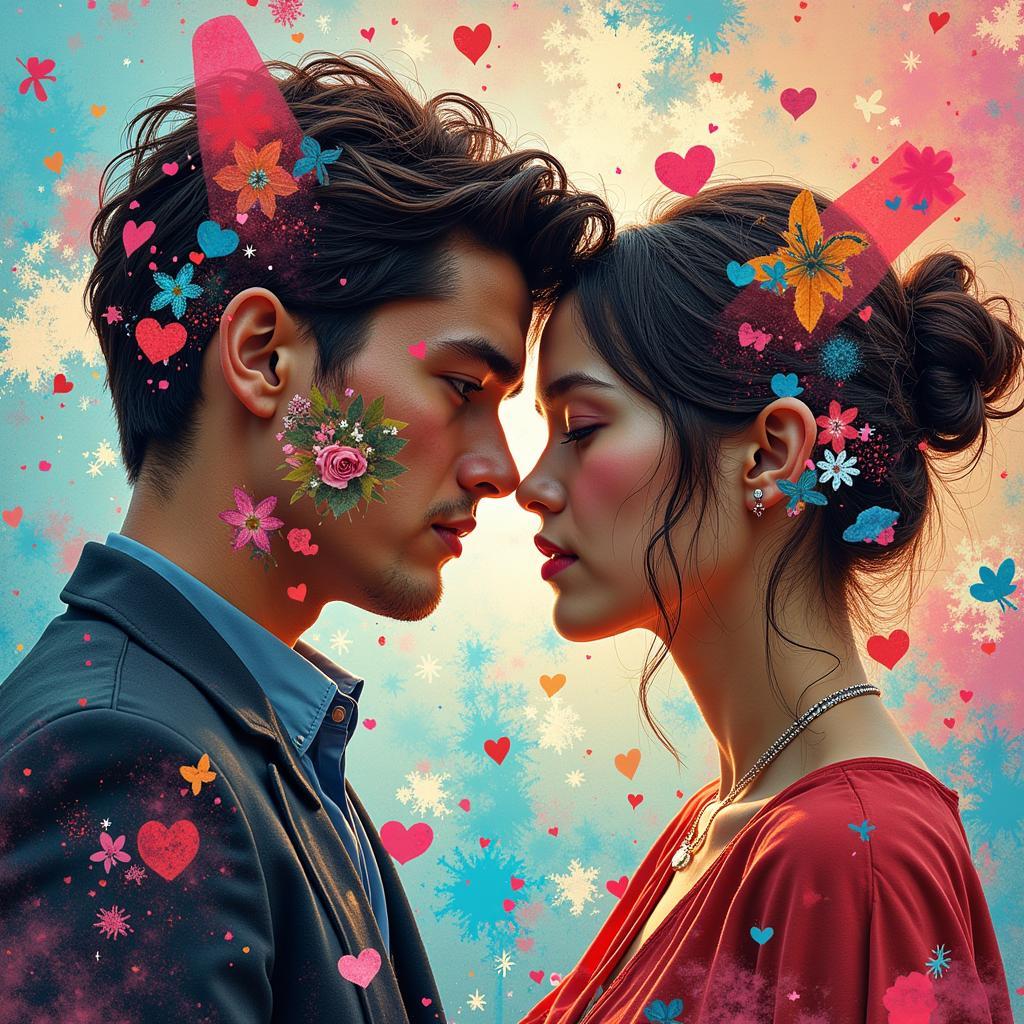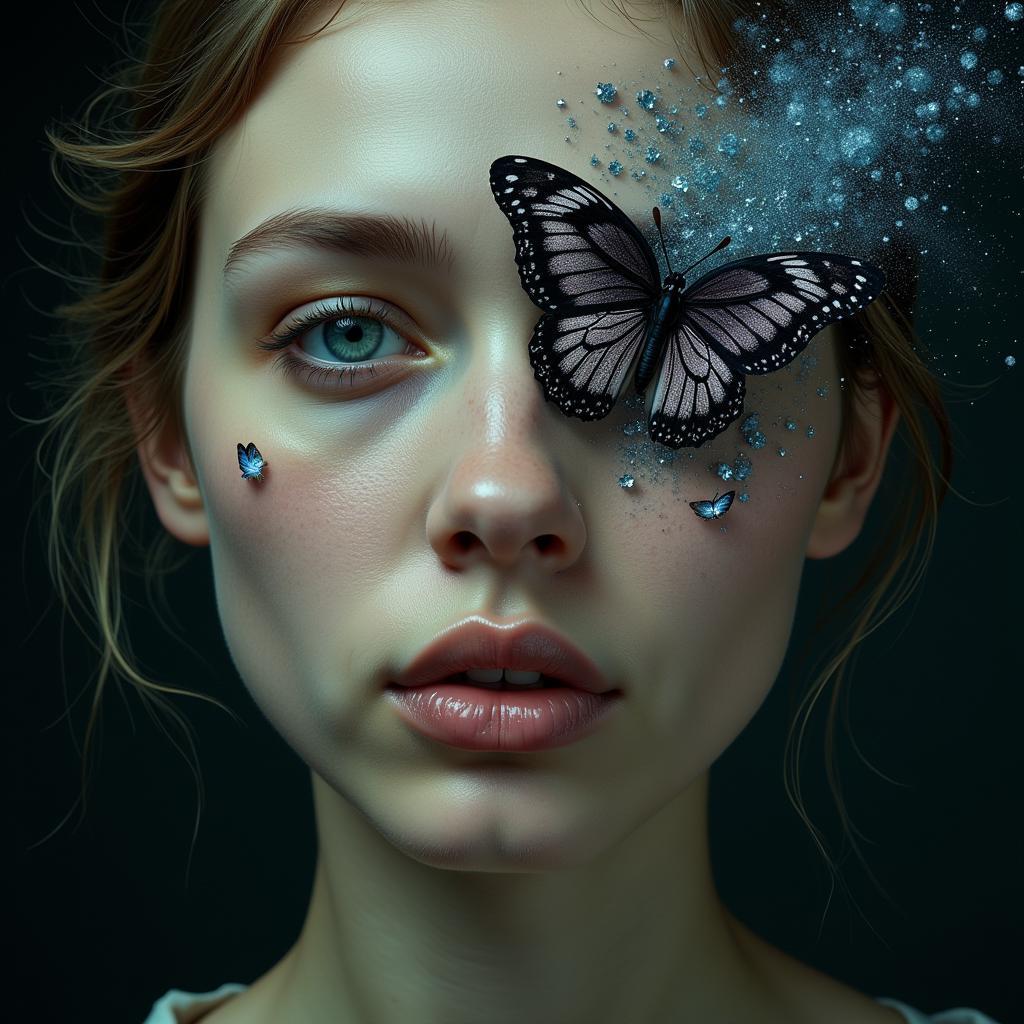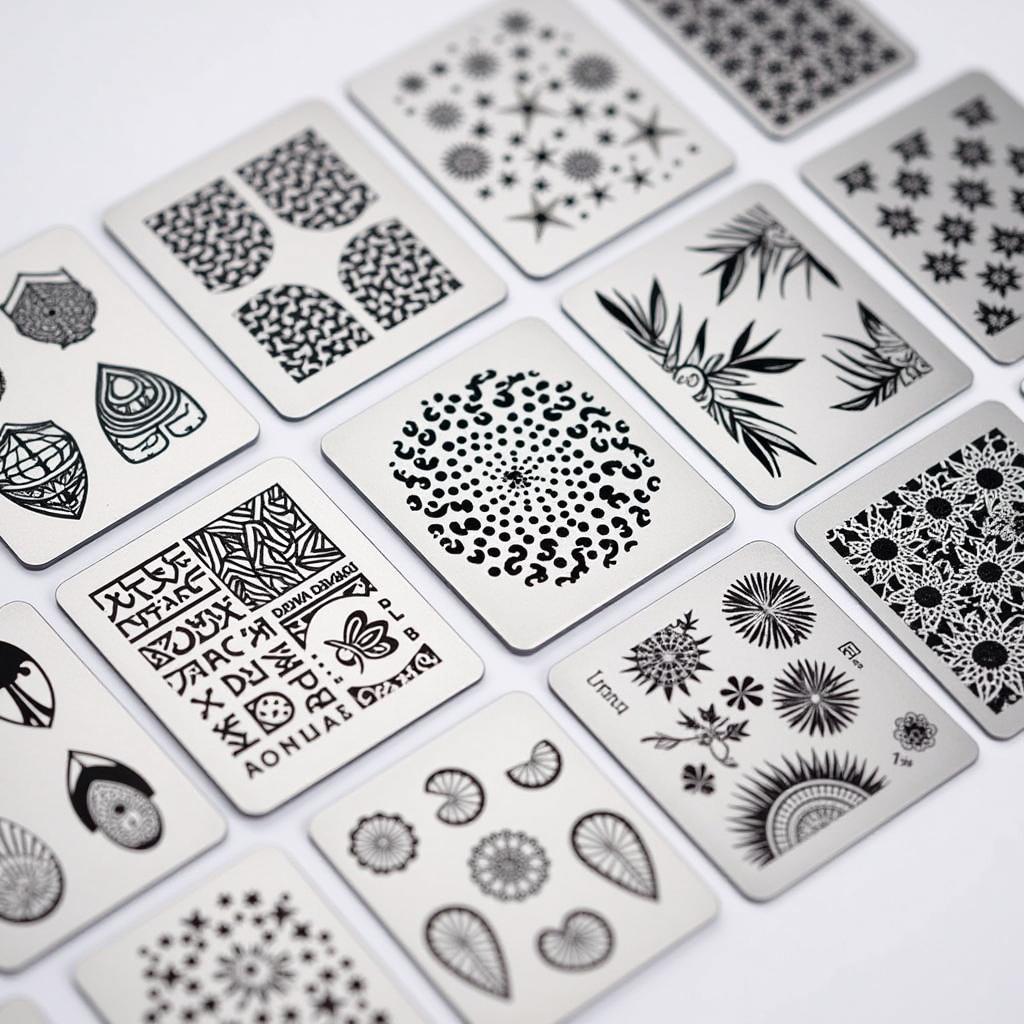Love and Death Art: An Exploration of Eternal Themes
Love and death, two sides of the same coin, have captivated artists for centuries. From the Renaissance masters to contemporary creators, the intertwined nature of these powerful forces continues to inspire profound and thought-provoking works of art. But what is it about these themes that resonate so deeply within the human experience, and how are digital artists reimagining them for the 21st century?
 Renaissance Sculpture Depicting Love and Death
Renaissance Sculpture Depicting Love and Death
The Timeless Allure of Love and Death in Art
Art serves as a mirror to our collective consciousness, reflecting the hopes, fears, and existential questions that have plagued humankind since time immemorial. Love and death, being fundamental aspects of the human condition, naturally take center stage. Whether it’s the joyous celebration of love in Botticelli’s “Birth of Venus” or the somber contemplation of mortality in Rembrandt’s self-portraits, artists throughout history have grappled with these themes to make sense of our fleeting existence.
The allure of love and death in art lies in their universality. Regardless of cultural background, language, or time period, we all experience the intoxicating highs of love and the crushing lows of loss. Artists tap into this shared human experience, creating works that resonate deeply with viewers on a visceral and emotional level.
Digital Art: Breathing New Life into Ancient Themes
The digital age, with its ever-evolving technology, has ushered in a new era of artistic expression. Digital artists are no longer bound by the limitations of traditional mediums. Instead, they harness the power of pixels, algorithms, and virtual realms to explore love and death in innovative and captivating ways.
 Digital Art: Love and Loss in the Digital Age
Digital Art: Love and Loss in the Digital Age
Imagine, for instance, an interactive installation that uses heart rate sensors to visualize the ephemeral nature of love, or a virtual reality experience that allows viewers to confront their own mortality in a safe and introspective environment. These are just a few examples of how digital art is pushing the boundaries of what’s possible, offering fresh perspectives on age-old themes.
From Grief to Transcendence: Exploring the Spectrum of Emotions
The interplay of love and death evokes a vast spectrum of emotions, from the depths of despair to the heights of spiritual transcendence. Artists, whether consciously or unconsciously, tap into these emotions, channeling their own experiences and observations into their work.
Consider Frida Kahlo, whose self-portraits vividly portray the physical and emotional pain she endured throughout her life. Her work, while deeply personal, resonates with viewers who have also experienced the complexities of love, loss, and the fragility of the human body.
 Surreal Portrait Representing Transformation After Death
Surreal Portrait Representing Transformation After Death
On the other end of the spectrum, we have artists who explore the transformative power of death and the potential for spiritual rebirth. Think of the intricate mandalas created by Tibetan Buddhist monks, which represent the impermanence of life and the cyclical nature of existence.
Finding Meaning in the Face of Mortality
The exploration of love and death in art ultimately leads us to a fundamental question: What is the meaning of life in the face of inevitable death? While there is no easy answer, art provides a platform for contemplation, dialogue, and perhaps even a glimmer of hope.
By confronting our own mortality through art, we are forced to examine what truly matters in life. We are reminded to cherish our loved ones, to live fully in the present moment, and to find beauty and meaning even in the face of loss. For in the grand tapestry of existence, love and death are not opposing forces, but rather intertwined threads that give our lives texture, depth, and ultimately, meaning.
FAQs
1. What are some famous artworks that deal with love and death?
Some renowned examples include Michelangelo’s “Pietà,” depicting the Virgin Mary cradling the deceased Jesus, and Gustav Klimt’s “The Kiss,” a symbol of eternal love and the merging of souls.
2. How can I incorporate the themes of love and death into my own art?
Don’t be afraid to explore your own experiences and emotions. Use symbolism, metaphor, and different mediums to express your unique perspective on these universal themes.
3. Are there any online resources for exploring Love And Death Art?
Yes, many museums and art history websites offer online collections and articles dedicated to this theme. You can also find digital art communities and platforms where artists share their work and engage in discussions.
4. What is the significance of memento mori in art?
Memento mori, Latin for “remember that you must die,” is an artistic genre that uses symbolism, often skulls or decaying flowers, to remind viewers of their mortality.
5. How can art help us cope with grief and loss?
Art can provide an outlet for expressing and processing grief. It can also offer solace, connection, and a sense of shared humanity during times of loss.
Need further assistance with your creative journey or exploring the world of online art? Contact us at Phone Number: 02462573573, Email: danteum@gmail.com or visit us at Savico Megamall, 7-9 Đ. Nguyễn Văn Linh, Gia Thụy, Long Biên, Hà Nội 10000, Việt Nam. Our dedicated team is available 24/7 to support your artistic endeavors.

